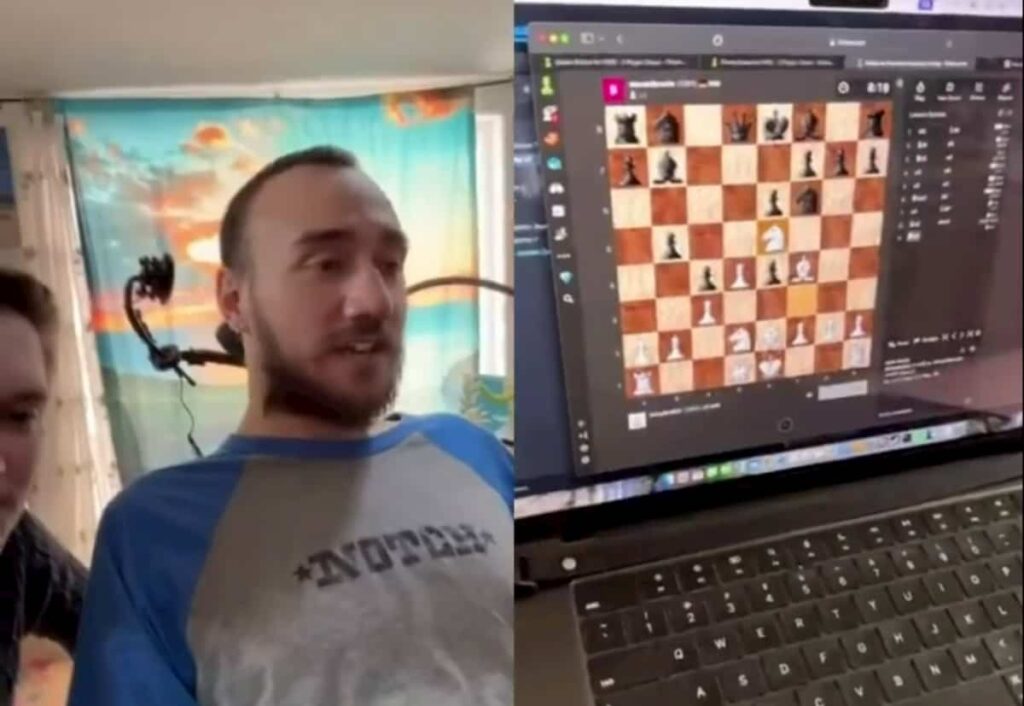Noland Arbaugh, the first person to receive a Neuralink implant, showcased his ability to control a computer cursor and play games using only his thoughts.
A recent presentation by Neuralink, a company focused on brain-computer interface (BCI) technology led by Elon Musk, highlighted potential applications for individuals with paralysis.
Footage released on X (formerly Twitter) on March 21 depicts Noland Arbaugh, a 29-year-old participant in Neuralink’s human trials who is paralyzed from the shoulders down, showcased control of a computer cursor and gameplay using solely his brain signals.
Neuralink implant: Brain-to-computer interface
The BCI device itself is compact, approximately the size of a coin. It functions by detecting electrical signals generated by the brain during various activities, including physical movement, speech, and thought processes.
These signals are then translated into computer commands, resulting in hands-free interaction
The Neuralink BCI implant procedure involves a robot inserting the device into a region of the brain responsible for movement control. A small portion of the skull is removed to facilitate electrode placement, and the incision is then stitched closed, leaving only a minimal scar.
According to Musk, the entire procedure takes approximately 30 minutes, and patients can return home on the same day.
Ethical dilemmas in the pursuit of disability care revolution
Neuralink has stated its hope that the technology will revolutionize care for the disabled. Elon Musk previously announced the successful implantation of the BCI chip in a human participant. He described the patient’s recovery as complete, with no reported adverse neural effects.
However, alongside these promising advancements, Neuralink has faced considerable criticism for its animal testing practices.
The company’s experiments involving monkeys, sheep, and pigs have drawn ethical scrutiny due to reported instances of implanting devices, limb removal, and harm inflicted on the animals. These tests have been associated with the deaths of approximately 1,500 animals.








